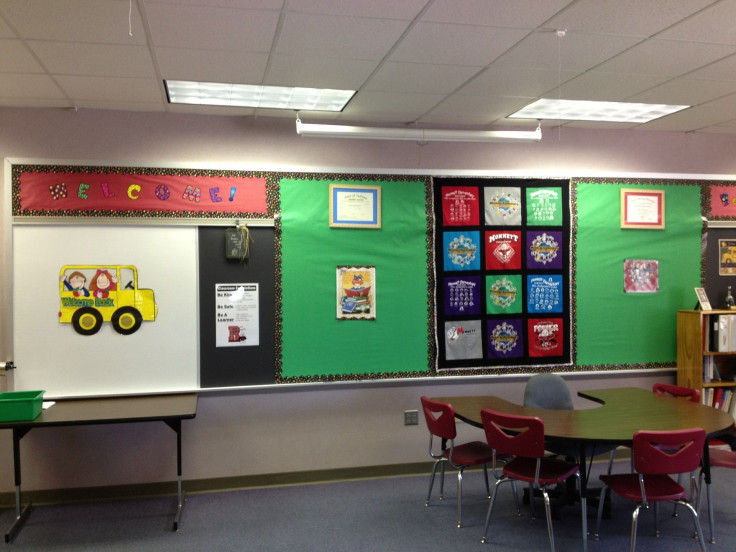Coronavirus And Schools: Most Parents Unprepared To Have Kids Learn From Home Again

KEY POINTS
- Coronavirus tests are coming up positive at schools across the country -- and the school year is barely underway
- 65% of parents said they struggled with job issues as a result of shuttered schools, with 5% saying they quit their jobs entirely
- 27% said their most serious concern about remote learning is the loss of socialization
With reopened school districts in Georgia, Indiana and elsewhere already running into coronavirus complications, parents are becoming more and more worried about remote learning options.
A survey of 700 parents by real estate portal Homes.com indicates only 21% said at-home learning was “completely successful” in spring with a like proportion calling it “not successful at all.”
The survey comes as school districts grapple over the safety of reopening school buildings amid pressure from the administration and scramble to find the funds to cover the costs of more intense cleaning regimens and social distancing. Just 13 states have released reopening guidelines and also scheduled reopenings. Officials in 21 other states have issued guidelines but no opening dates.
In the largest Georgia school district outside Atlanta, 260 employees either have tested positive for the virus or are in quarantine for possible exposure.
In Indianapolis, a junior high school student tested positive for coronavirus on the first day of school while schools in LaPorte, Indiana, suspended football practice, tennis and wrestling until further notice because of a positive test.
“My kids are not an experiment, that’s basically what they’re trying to do,” Chicago parent Sandy Viveros told the Chicago Tribune as Chicago Public Schools tried to determine how much support there is for in-person classes. The Chicago Teachers Union advocated against reopening school buildings.
In California, Gov. Gavin Newsom ordered most schools to stay closed while Arizona Gov. Doug Ducey has ordered schools to reopen.
It was a given that at least some learning would have to take place at home as a result of the virus, and parents were overwhelmed by the prospect. Twenty-four percent of those queried said they feel completely unprepared for home learning, with 58% expressing some apprehension.
“An overwhelming 65% of parents said they struggled with job issues because of their children’s at-home learning needs. Of this group, 42% made adjustments such as moving their work hours, 35% said their actual work suffered, 23% had to reduce their work hours, and 5% quit their jobs entirely because they didn’t have childcare,” Homes.com said.
Emergency learning is very different from a planned, virtual learning experience, said Anne Bianchi, a Virginia Beach public school teacher. She noted teachers, students and parents had only hours to pivot to a format foreign to most children and limiting the amount of information they could absorb.
Sixty percent of those queried by Homes.com said they had concerns about their children’s ability to focus and learn effectively while 27% said their greatest concern is the loss of socialization.
IBM social media expert Jesse Coulter said she really hates Zoom as a substitute.
“It’s really tough. I see the importance of it to connect with classmates, but it’s not the same as in-person, which is sad,” she said.
Whether children can learn successfully online also is dependent on technology.
HighspeedInternet.com reports children in Alaska are the most disadvantaged when it come to internet speeds – at 20.6 Mbps, the slowest in the nation. Montana comes next at 30.1 Mbps, followed by Maine, 30.8 Mbps; Idaho, 30.9 Mbps, and Wyoming, 33.3 Mbps. The fastest internet connections are in Maryland, 84.1 Mbps; Delaware, 80.9 Mbps; New Jersey, 76.3 Mbps; Washington, D.C., 75.2 Mbps, and Virginia, 74.5 Mbps. Average speed around the country is 59.5 Mbps.
© Copyright IBTimes 2025. All rights reserved.






















